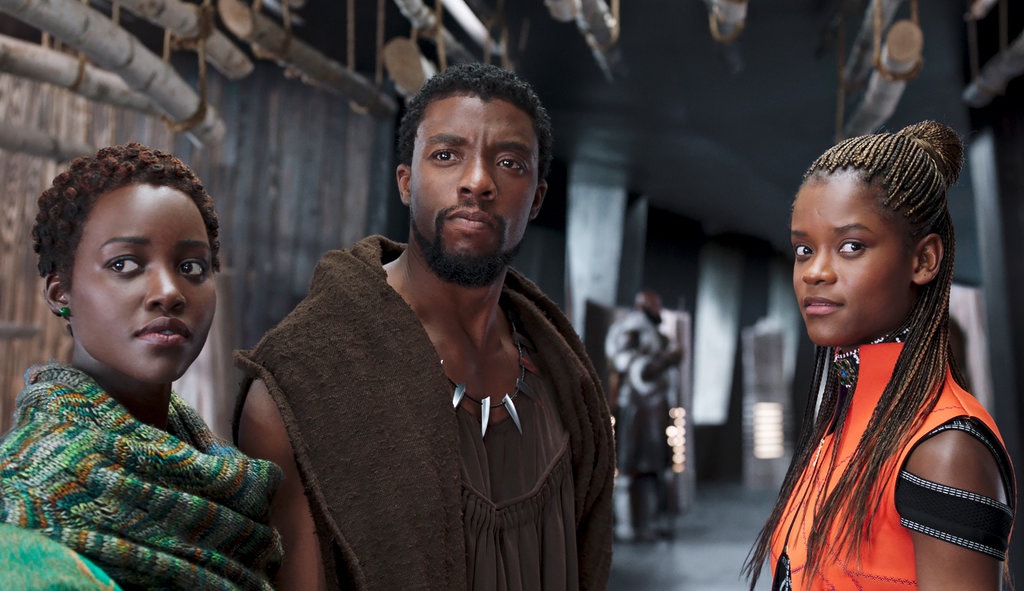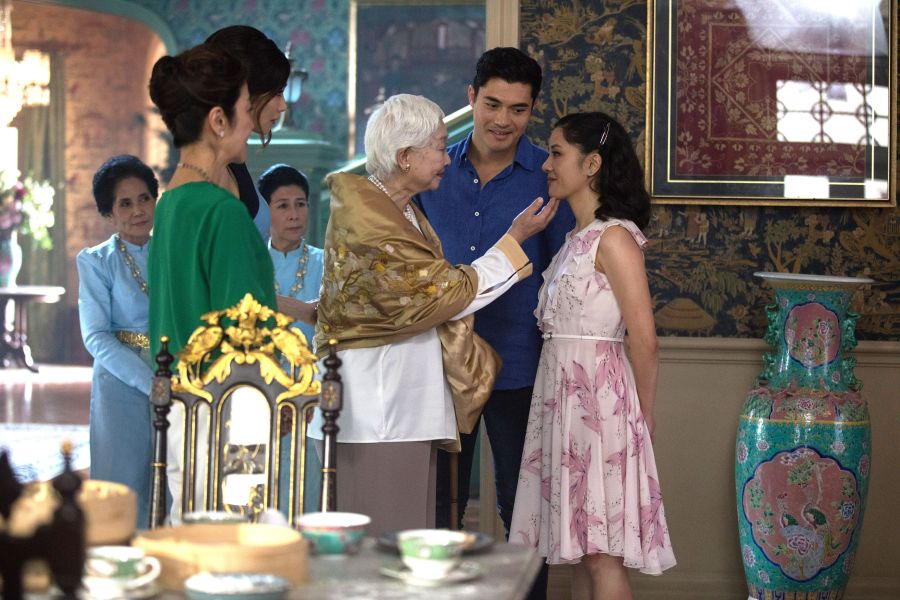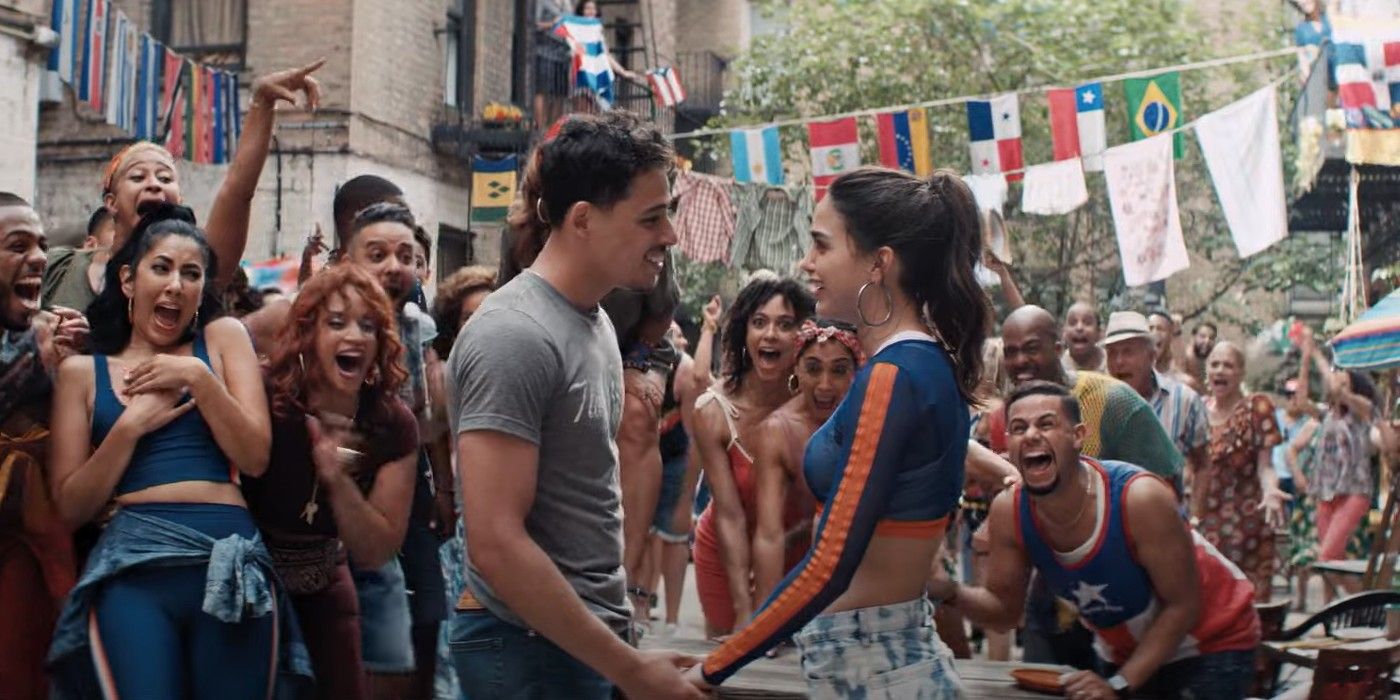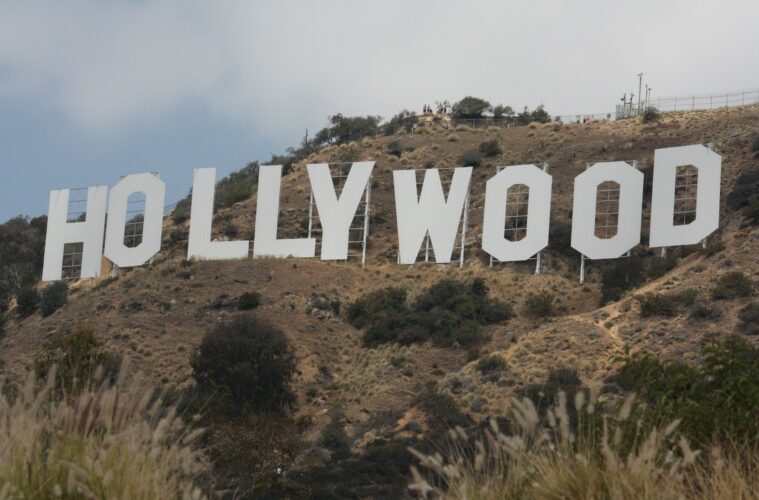Representation in Hollywood is often debated, especially when it comes to the portrayal of characters of different racial and ethnic backgrounds. Three major films from the past 3 years have broken down the barriers of unflattering and/or inaccurate filmic representations or complete lack thereof, paving the way for better representation in the future. These are namely Black Panther (2018), Crazy Rich Asians (2018), and In The Heights (2021).

Credit: Marvel Studios
Marvel’s Black Panther became a revolutionary cultural phenomenon, as well as an incredible box office success. Beloved by audiences as well as critically acclaimed, this superhero film brought groundbreaking representation of black culture into the mainstream. By making a film that features a predominantly black cast and centres around a black superhero, Black Panther was able to broaden the scope for black narratives in mainstream cinema, and also tell a tale of black culture’s history using Afrofuturism. Afrofuturism is a cultural, scientific, and philosophical movement that explores black identity, culture, and struggles through a science-fiction lens. The film also centres around a black culture that is thriving, free, and diverse, a world outside of the one we live in where black people are constantly discriminated against. The fictional African nation of Wakanda is miles ahead of stereotypes and generalizations that Africa is normally painted with. The film is a portrayal of black pride and power, which offered many viewers hope and relief as seen in the public response.

Credit: Warner Bros.
Released the same year as Black Panther was another film that did groundbreaking work: Crazy Rich Asians. The romantic comedy became a worldwide phenomenon became a box-office success and was lauded for its work in representation with its all-Asian cast. Crazy Rich Asians marks the first Hollywood film since 1993 to do so. For Asian-Americans everywhere, this contemporary portrayal helped make their identity visible and bring it to a larger audience. Asians and Asian-Americans alike have been stereotyped in Hollywood for years and years, and this film became a step in the right direction. However, it was heavily criticized for oversimplifying and overgeneralizing Singapore and Singaporean culture, under accusations of misrepresenting Singapore by obscuring the various ethnicities and cultural identities that Singapore is composed of. Despite being touted as a win for representation for Asian-Americans in the US, its depiction of Singapore and focus on characters of East-Asian descent was a source of disappointment from viewers that are from or have lived in Singapore. By ignoring the intersections of Singaporean identity, the film perpetuates stereotypes about the city and reinforces the existing Chinese Singaporean dominance as seen in Singapore.

Credit: Warner Bros. Pictures
Another recent film that faced mixed reviews for its attempt at representation, yet is groundbreaking in its own right, is 2021’s In The Heights. This film is based on Quiara Alegria Hudes and Lin-Manuel Miranda’s play of the same name which tells the story of a predominantly Dominican Washington Heights neighbourhood in Upper Manhattan, New York, and its residents who aim to achieve their dreams. Despite being critically acclaimed, this film was not a box office success like Black Panther and Crazy Rich Asians. In The Heights tries to make a cinematic breakthrough for the Latinx community and immigrants in terms of visibility but evidently falls short based on the criticism it has received. The film spotlights Latinx talent in a vibrant manner, and through a range of characters and situations. For several of its critics, however, In The Heights is participating in colourism by focusing on light-skinned Latinx characters and having dark-skinned Afro-Latinos present only as background characters and dancers. This criticism stems from the notion that the film thereby reduces their individuality and misrepresents the demographics of the community which it is trying to depict.
These three films definitely had a hand in breaking certain barriers of racial and ethnic representation in Hollywood cinema. However, there is still room for improvement. By creating more visibility and room for representation, there is hope for better portrayals of race and ethnicity in Hollywood in the future.


